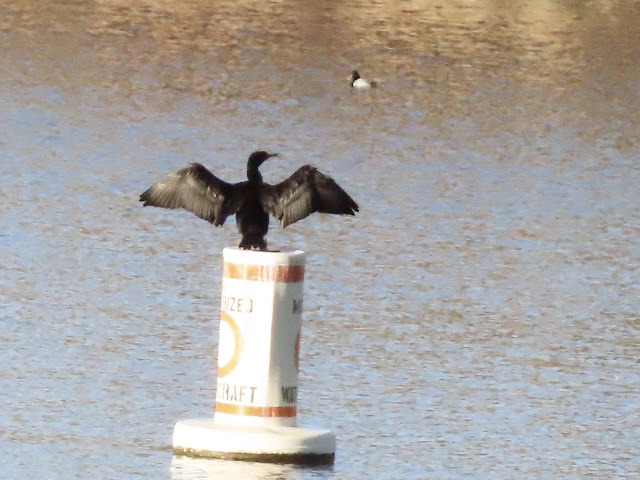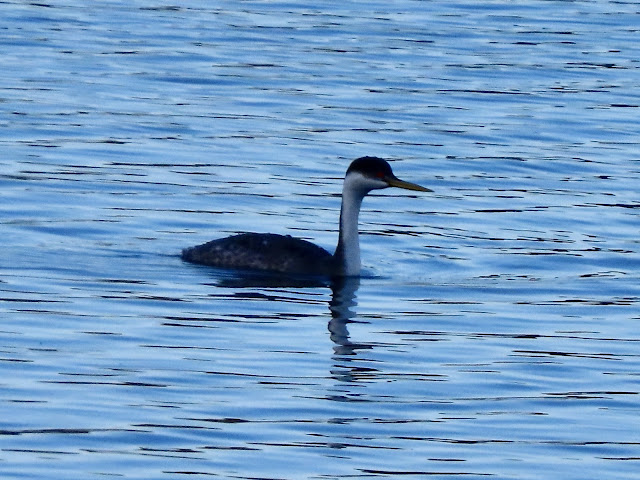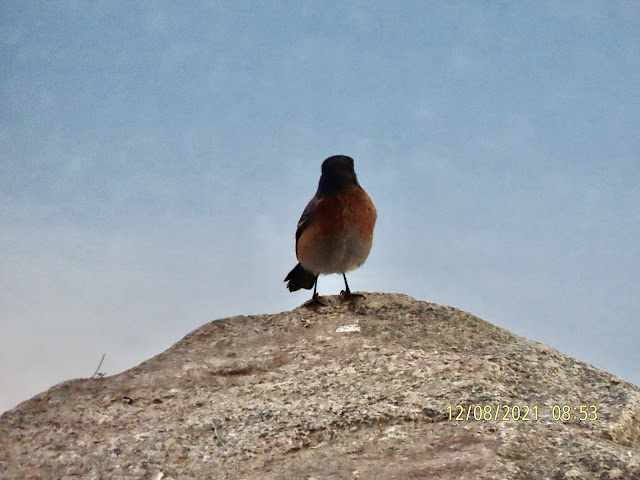Monday, December 20, 2021
Birding at Prospector Park in Apache Junction on December 20th with Glenda Jones proved interesting. Some birds I counted on observing evaded us. On the other hand, the PLUMBEOUS VIREO was likely my first sighting of that species at our local city park. The variety of species we did see was overwhelmingly favorable.
View this checklist online at https://ebird.org/checklist/S99186992
Wednesday, December 29, 2021
Our Community Birders checked out Granite Reef Recreation Area along the Lower Salt River where N. Power Road turns into Bush Highway starting at 8 a.m., 43°F, cloudy sky, but calm wind.
With this location having been closed for a couple months, I was curious as to what changes had occurred. Immediately, I saw that the reeds usually lining the bank along the picnic area were completely gone. Not cut; not burned, but removed. Apparently, this was needed to add rip rap (small rocks) along the edge of the river to prevent erosion. I’m short, so to look out over or to peek through the reeds had always agitated me. The fully open river in front of us was great! The reeds will regrow.
First thing we spotted was a large flotilla of ducks to the east. Our feet followed. With much rain the previous day, the trail proved firm in its wetness. Shrubs left their water drops on our waterproof jackets/coats.
Far overhead, flocks of RED-WINGED BLACKBIRD had lifted from more eastern marshland and were heading west. 90 may be a conservative count!
GREEN-WINGED TEAL, AMERICAN WIGEON, RING-NECKED DUCK AND BUFFLEHEAD were way too distant for photos.
Heading west, then, we came upon four (4) adult CANVASBACK (not a usual sighting) with only one female to the three drakes. They were quite far across the Salt River from where we stood, so I was happy to get a half-decent photo of them.
A BELTED KINGFISHER went flying past, much too fast for my slow camera movement. Dang.
A RED-NAPED SAPSUCKER, below, was among the birds in the mesquite bosque. That's the way I like my birds: busy and staying in place!
Six GILA and a single LADDER-BACKED WOODPECKER, below, comprised our total woodpecker count. The photo below is from my files, taken in SE AZ with no clouds around. Note the distinctive facial pattern.
A small falcon flew overhead, bigger than a Kestrel, smaller than a Peregrine, we agreed it was a MERLIN (Taiga form). Missed that quick flyby with my camera, too.
Managing to reach the most western point of the trail near the dam, we came upon a couple LONG-BILLED DOWITCHER foraging at the edges of the mudflat we occupied. A SONG-SPARROW flew out from there at our approach.
GREAT-TAILED GRACKLE adapted to our presence and returned to forage at the edges of the mudflat while we enjoyed many distant ducks.
BLACK PHOEBE were abundant this morning (14). Also from my files due to the cloudy sky above us, the bird is a flycatcher. This makes it easier to photograph because it flies out for an insect and returns to its same or another nearby perch.
All in all, another good day in the field. It warmed up to 52°F which began to feel warm beneath our many layers of clothes.
To view our full list, check the link below.
* * *











































